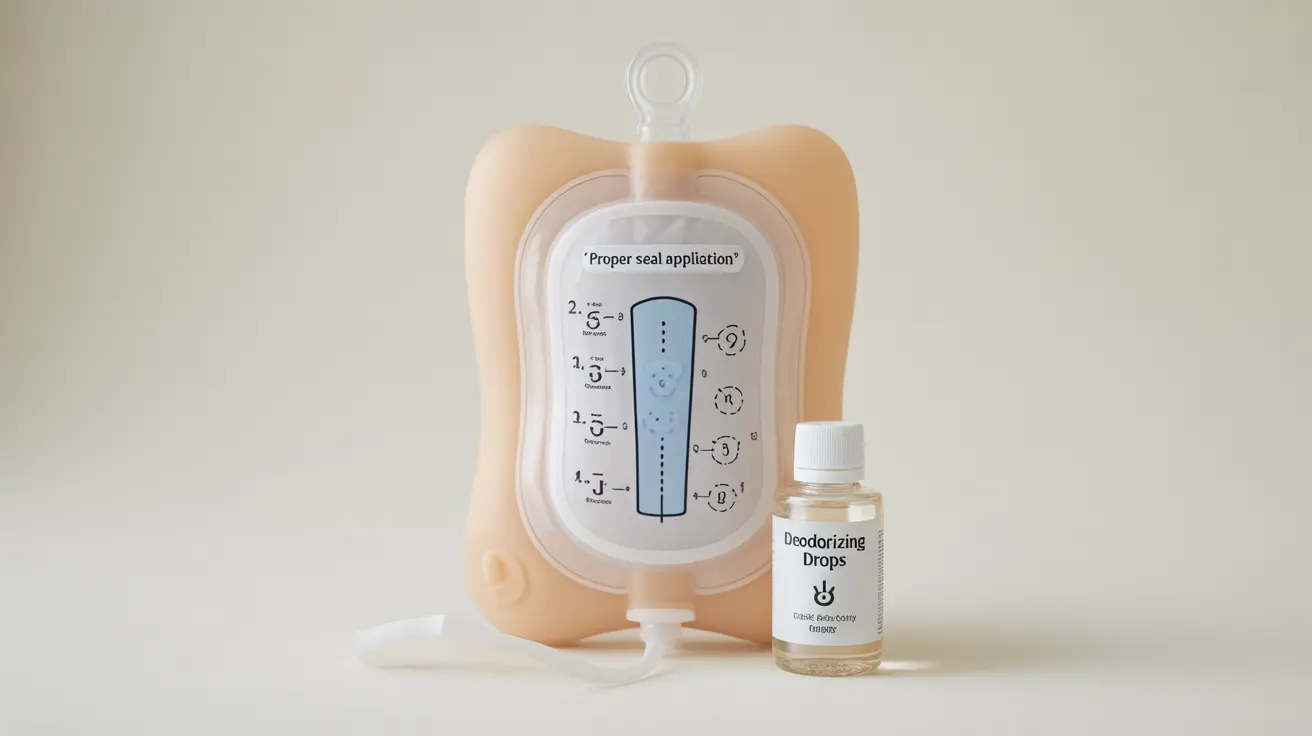Living with a colostomy bag requires careful attention to various aspects of care, and managing odor is one of the most important concerns for many people. Understanding how to effectively control and prevent colostomy bag smell can significantly improve quality of life and help maintain confidence in daily activities.
This comprehensive guide will explore proven strategies for managing colostomy bag odor, including proper maintenance, dietary considerations, and when to seek professional help. With the right knowledge and techniques, you can effectively minimize unwanted odors and maintain your comfort and dignity.
Understanding Colostomy Bag Odor Sources
Colostomy bag odor typically stems from several sources, including bacterial growth, improper sealing, and natural waste products. Understanding these sources is crucial for implementing effective prevention strategies.
Common Causes of Odor
- Bacterial buildup inside the pouch
- Improper adhesion around the stoma
- Delayed emptying of the bag
- Chemical reactions between digestive enzymes and the bag material
- Diet-related factors affecting waste odor
Proper Maintenance and Changing Schedule
Following a consistent maintenance routine is essential for minimizing odor. A well-maintained colostomy bag should have minimal smell during normal wear.
Emptying Guidelines
- Empty your colostomy bag when it's about one-third to one-half full. This typically means:
- At least 4-6 times daily for most people
- Before going to bed
- Upon waking in the morning
- Before engaging in physical activities
Changing Schedule
Regular bag changes are crucial for odor control. Most people need to change their colostomy bag every 3-7 days, depending on their specific situation and the type of system they use.
Dietary Considerations for Odor Management
What you eat can significantly impact colostomy output odor. Understanding which foods affect odor can help you make informed dietary choices.
Foods That May Increase Odor
- Eggs
- Fish
- Garlic and onions
- Certain spices
- Cruciferous vegetables like broccoli and cabbage
Odor-Reducing Foods
- Yogurt
- Buttermilk
- Fresh parsley
- Cranberry juice
- Green leafy vegetables
Professional Solutions and Products
Various products are specifically designed to help manage colostomy bag odor:
- Pouch deodorants
- Odor-eliminating drops
- Special filters
- High-quality adhesive barriers
- Protective seals and rings
When to Seek Medical Advice
While some odor is normal, certain situations warrant professional attention. Contact your healthcare provider if you experience:
- Sudden increases in odor despite proper maintenance
- Persistent leakage issues
- Skin irritation around the stoma
- Changes in stool consistency or color
- Unusual bloating or discomfort
Frequently Asked Questions
What causes a colostomy bag to smell and how can I prevent it?
Colostomy bag odor is primarily caused by bacterial growth, improper sealing, and natural waste products. Prevention includes regular emptying, proper cleaning, using deodorizing products, and maintaining a good seal around the stoma.
How often should I change and empty my colostomy bag to avoid odor?
Empty the bag when it's one-third to one-half full, typically 4-6 times daily. Change the entire appliance every 3-7 days, depending on your specific needs and system type.
Which foods make colostomy bag odor worse and what should I avoid eating?
Foods that typically increase odor include eggs, fish, garlic, onions, and cruciferous vegetables. Consider limiting these foods and increasing intake of odor-reducing foods like yogurt and parsley.
What are the best ways to manage or reduce odor from a colostomy bag?
The best methods include maintaining a regular emptying schedule, using odor-control products, ensuring proper seal placement, choosing appropriate dietary options, and following proper cleaning procedures.
When should I see a doctor about persistent colostomy bag smells?
Consult your healthcare provider if you experience unusual or persistent odors despite proper maintenance, notice leakage issues, develop skin irritation, or observe significant changes in output characteristics.




